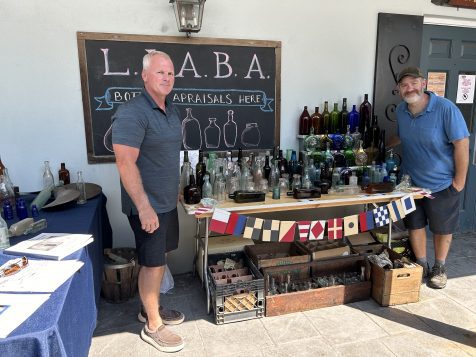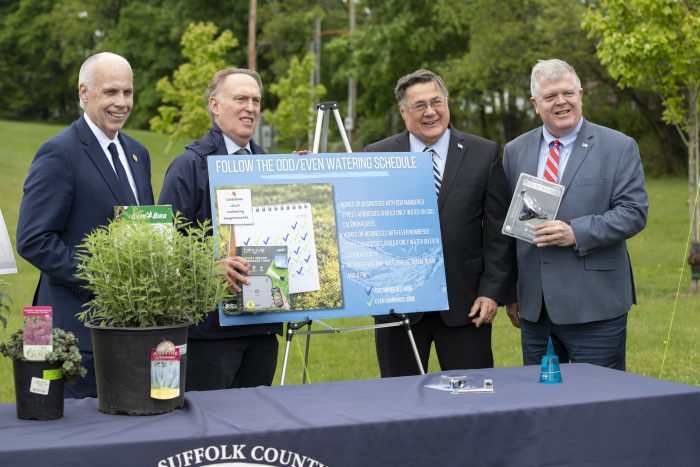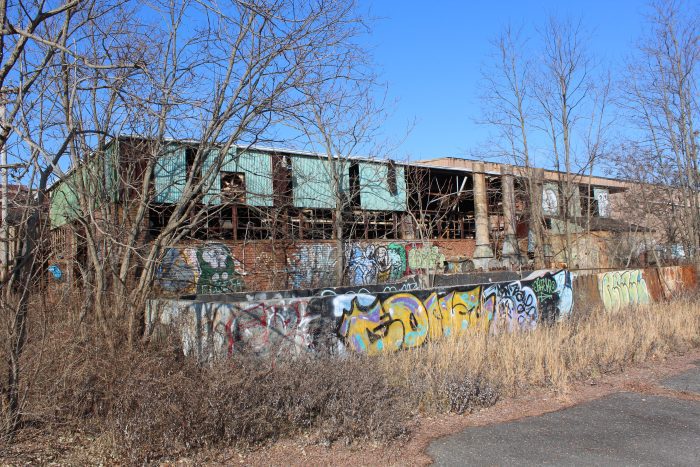By Jennifer Donatelli
One of the great things about living on an island is the never-ending access to seashells, driftwood and sea glass.
To showcase authentic sea glass and delve deeper into the history and origin surrounding the beauty of beach glass, The Whaling Museum & Education Center in Cold Spring Harbor held its annual Sea Glass Festival Sunday, July 21.
The event is the only one of its kind in the region and is the museum’s largest community event, welcoming over 1,100 attendees this year.
This popular family-friendly event celebrates the history, artistry and allure of sea glass, with talks by authentic sea glass experts, live music, vendors, kids crafts and food trucks.
“We are thrilled to bring Long Island’s exclusive Sea Glass Festival to our community for the third year in a row,” said Nomi Dayan, executive director of the Whaling Museum.
“Sea glass, along with the historic glass bottles in our collection, are unique portals into Long Island’s stories. The festival gives both children and adults the opportunity to appreciate and learn about the glass gems created by the ocean that surrounds us,” Dayan said.
Howard Crawford, president of the Long Island Antique Bottle Association, was there displaying his sea bottle collection and giving bottle appraisals on the spot. He said his dad used to take him dumpster diving when he was a kid.
“One day we found some glass and I began digging for bottles. I found beverage bottles in Cold Spring Harbor with an anchor on it and that was it for me. I was hooked,” Crawford said.
Dayan said that the “staff curated an exciting lineup of both returning and new presenters, who will provide valuable insights and inspiration to our attendees.”
“Our presenters’ expertise and passion for sea glass and beachcombing will help educate the public on topics such as identifying sea glass, the history of local sea glass and the creative applications of sea glass,” she added.
In addition to the indoor talks and lectures, attendees also had the chance to participate in a sea glass scavenger hunt in the museum’s gallery and down Main Street in Cold Spring Harbor, as well as enjoying making a shadow box with sea glass.
George William Fisher, an author of multiple books on Long Island’s bottles and medicine companies, spoke about the origins of sea glass.
The big attraction was Tumbled by the Sea, a mobile beachcombing exhibit where guests could take self-guided tours of beach-found treasures ranging from authentic sea glass, sea pottery, artifacts and marine debris.
In partnership with TBR News Media, this year’s festival introduced a sea glass writing contest for Long Island youth.
Students from grades 3-12 were asked to imagine a story behind a piece of sea glass at the museum and what story the pictured object told.
Entries were judged by their originality and creativity. The winners are listed by grades, and the winning essays can be found on the museum’s website:
Grades 3-5:
First Place: Ada Costello, Cutchogue
Second Place: Ella Vitrano, Floral Park
Third Place: Laila Mendonca, Bay Shore
Grades 6-8:
First Place: Zachary Hart Musselwhite, Syosset
Second Place: Janis Fok, Great Neck
Third Place: Amelia Sullivan, Bay Shore
Grades 9-12:
First Place: Rowan Goldrich, Bay Shore
Second Place: Atticus Muuss, Bay Shore
Third Place: Emily Ruggiere, Brightwaters
The Whaling Museum & Education Center is a nonprofit organization dedicated to exploring the whaling history of Long Island. The museum engages the community in exploring the diversity of our whaling heritage and its impacts to enrich and inform our lives. The museum is located at 301 Main St. in Cold Spring Harbor. For more information on the museum or to find out about upcoming events, visit www.cshwhalingmuseum.org and follow the museum on Facebook, Instagram and X.

















